Principal Investigators
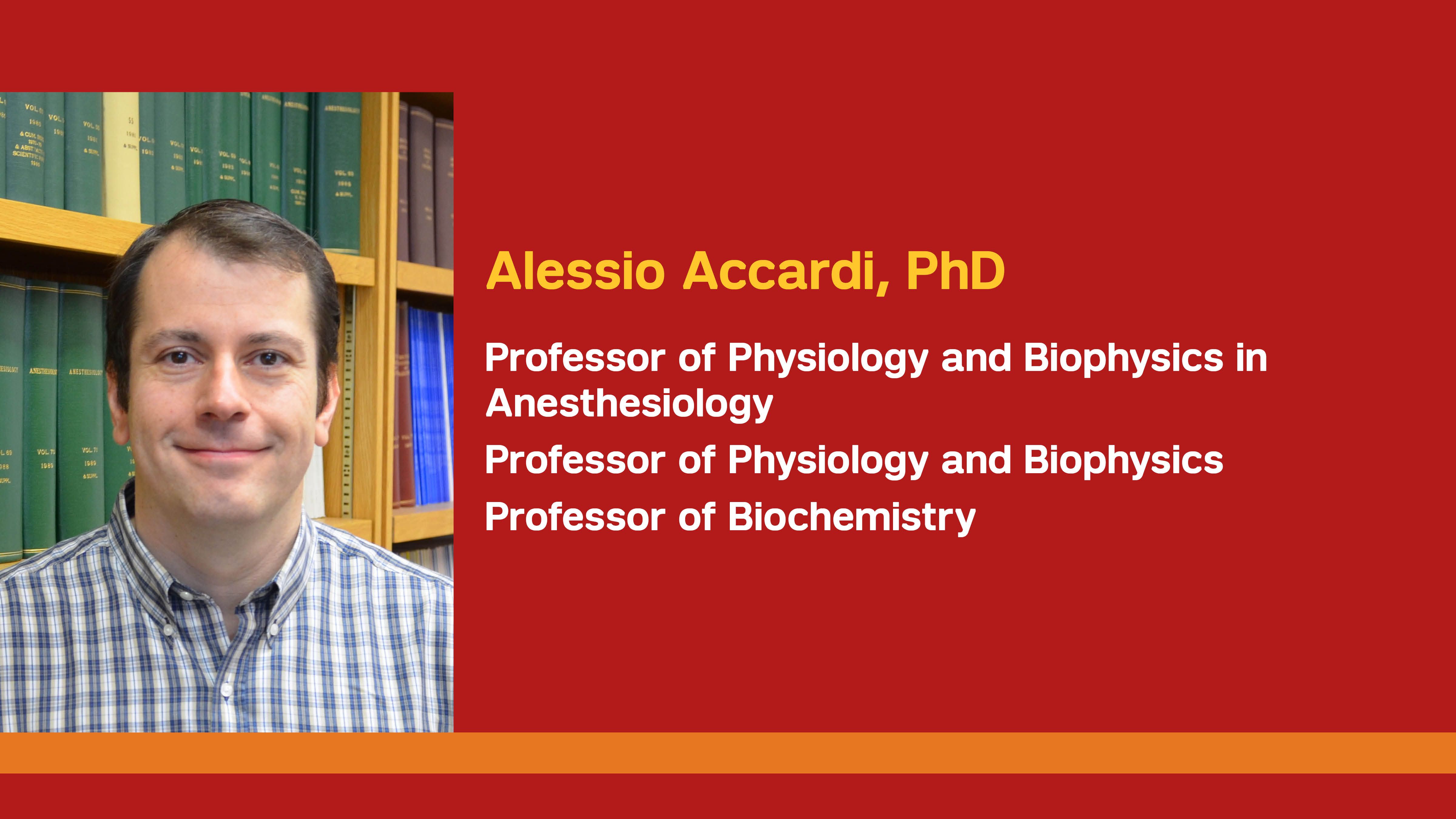
The Accardi Laboratory is part of the CV Starr Laboratory for Molecular Pharmacology. The lab aims to elucidate the structural and mechanistic underpinnings of ion and lipid transport using a wide range of approaches, from electrophysiological recordings, functional reconstitution of purified proteins, direct binding measurements and single particle cryoelectron microscopy.
LAB WEBSITE
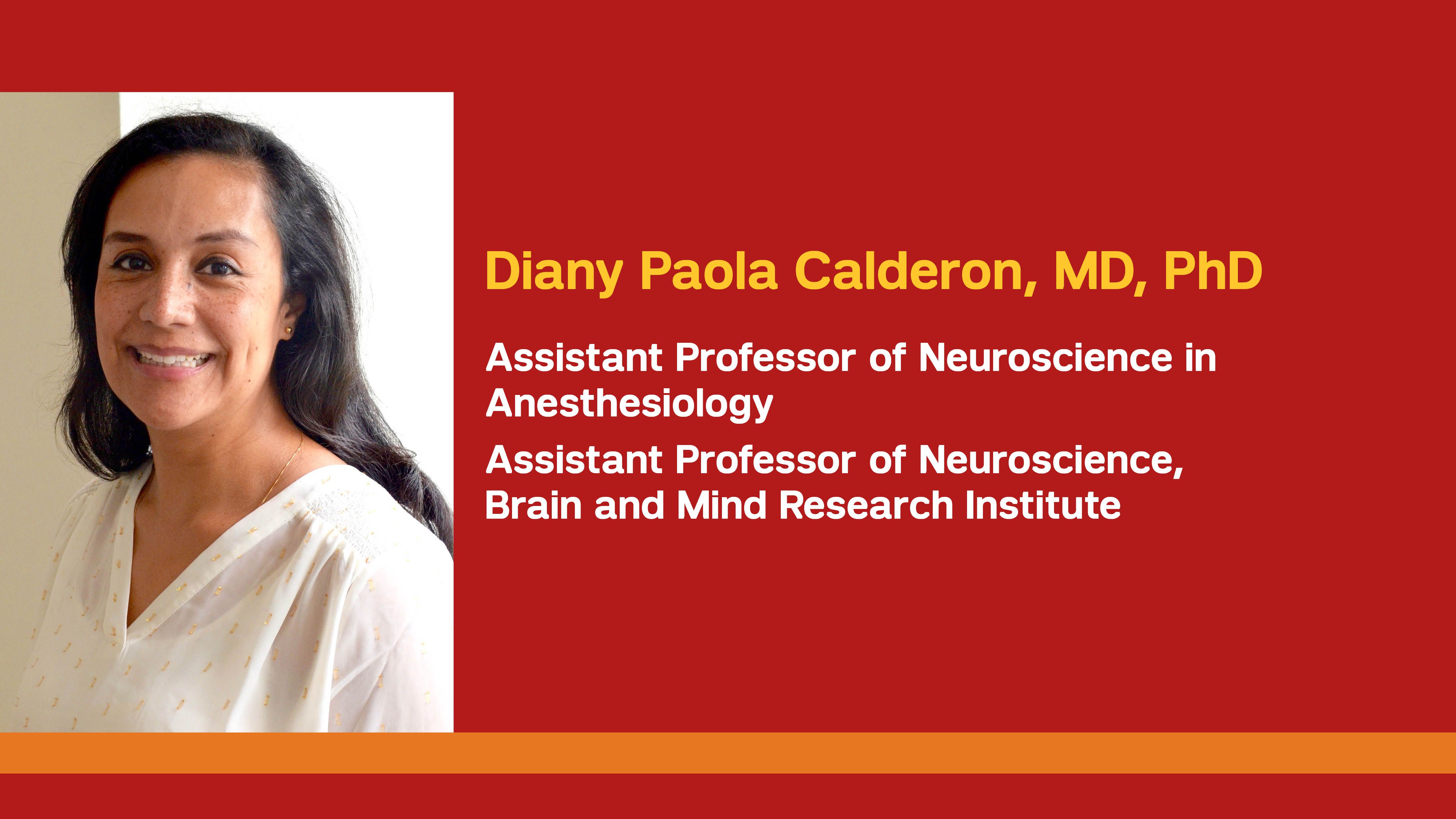
The Calderon Laboratory focuses on neural systems and behavior. The lab is interested in understanding how the different arousal pathways' participate in establishing and maintaining consciousness in the brain. In particular, she and her team members are interested in determining neuronal circuitries and subcortical and cortical activity dynamics that promote wakefulness under normal and pathological conditions.
LAB WEBSITE
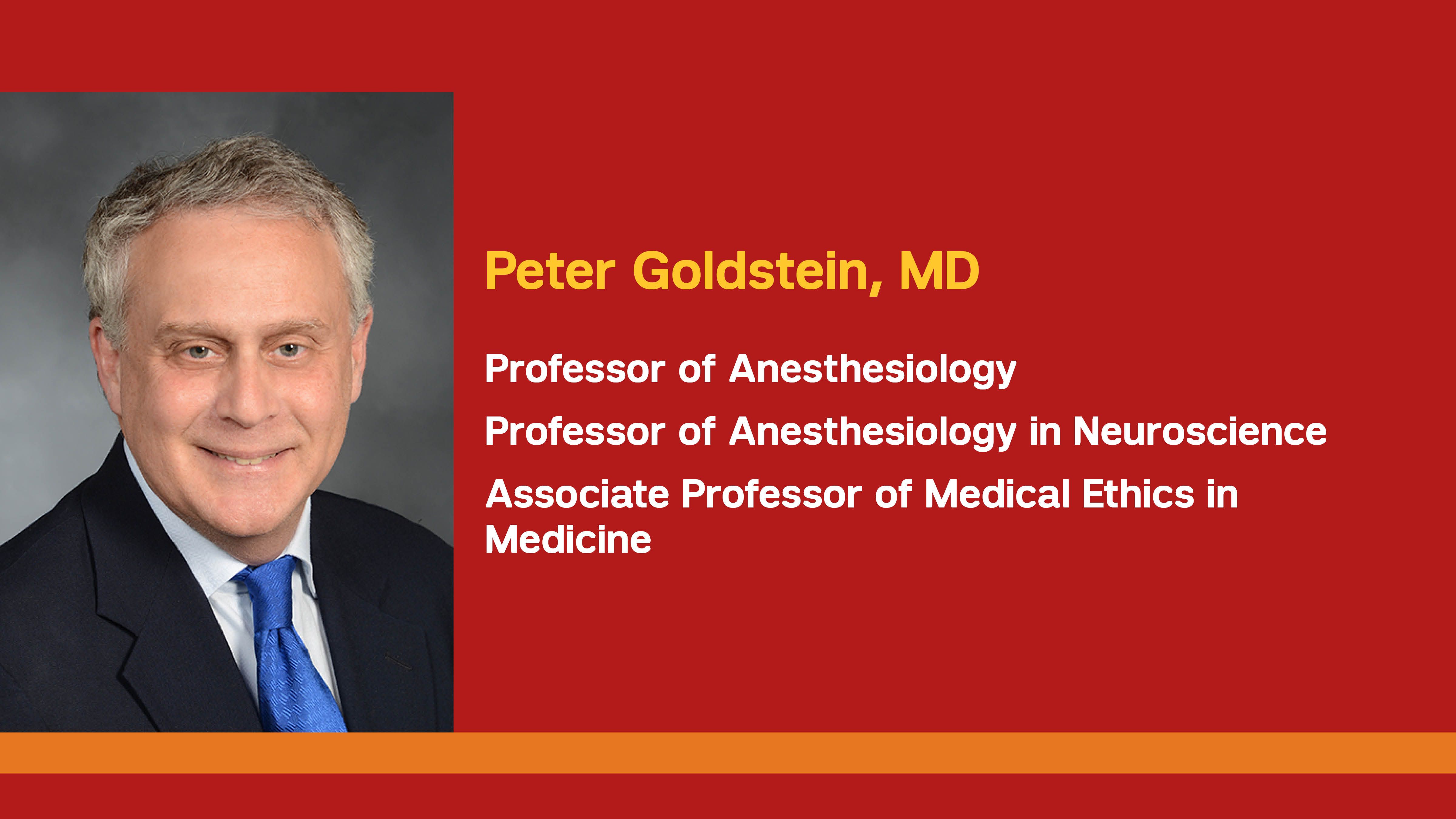
The Goldstein Laboratory is part of the CV Starr Laboratory for Molecular Pharmacology. The focus of the lab has been to better define the mechanisms by which a diverse group of pharmacological agents produces anesthesia. Current research efforts are on the development of novel non-opiate antihyperalgesics for the treatment of neuropathic pain.
MORE INFO
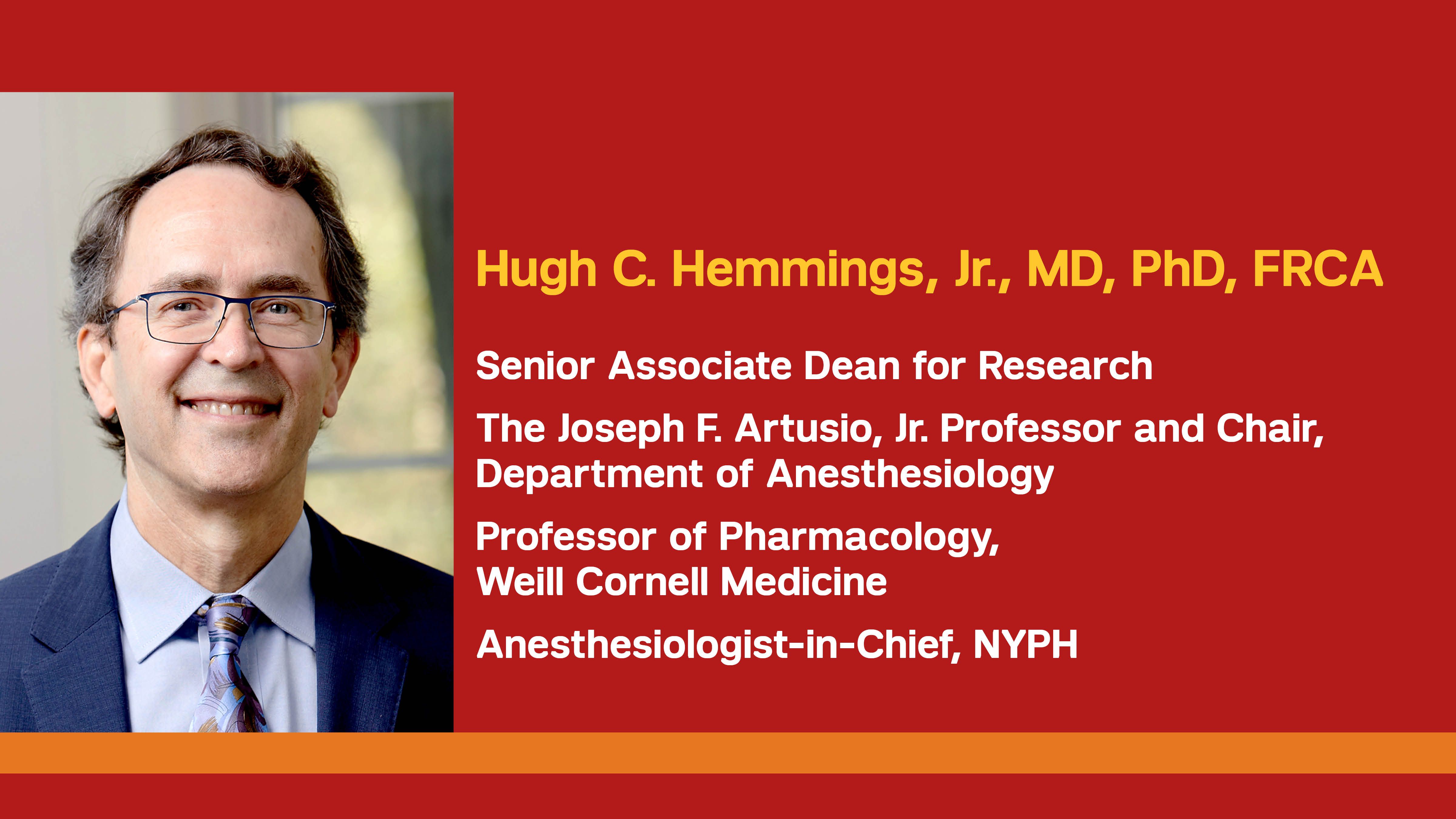
The Hemmings Laboratory studies the effects of general anesthetics on neurotransmitter release (e.g., glutamate, GABA, dopamine, norepinephrine, neuropeptides) and their interactions between specific presynaptic proteins involved in the control of neurotransmitter release (ion channels, SNAREs) at the behavioral, network, cellular and molecular levels in animal models, cultured cells and neurons, brain slices, and isolated nerve terminals.
LAB WEBSITE
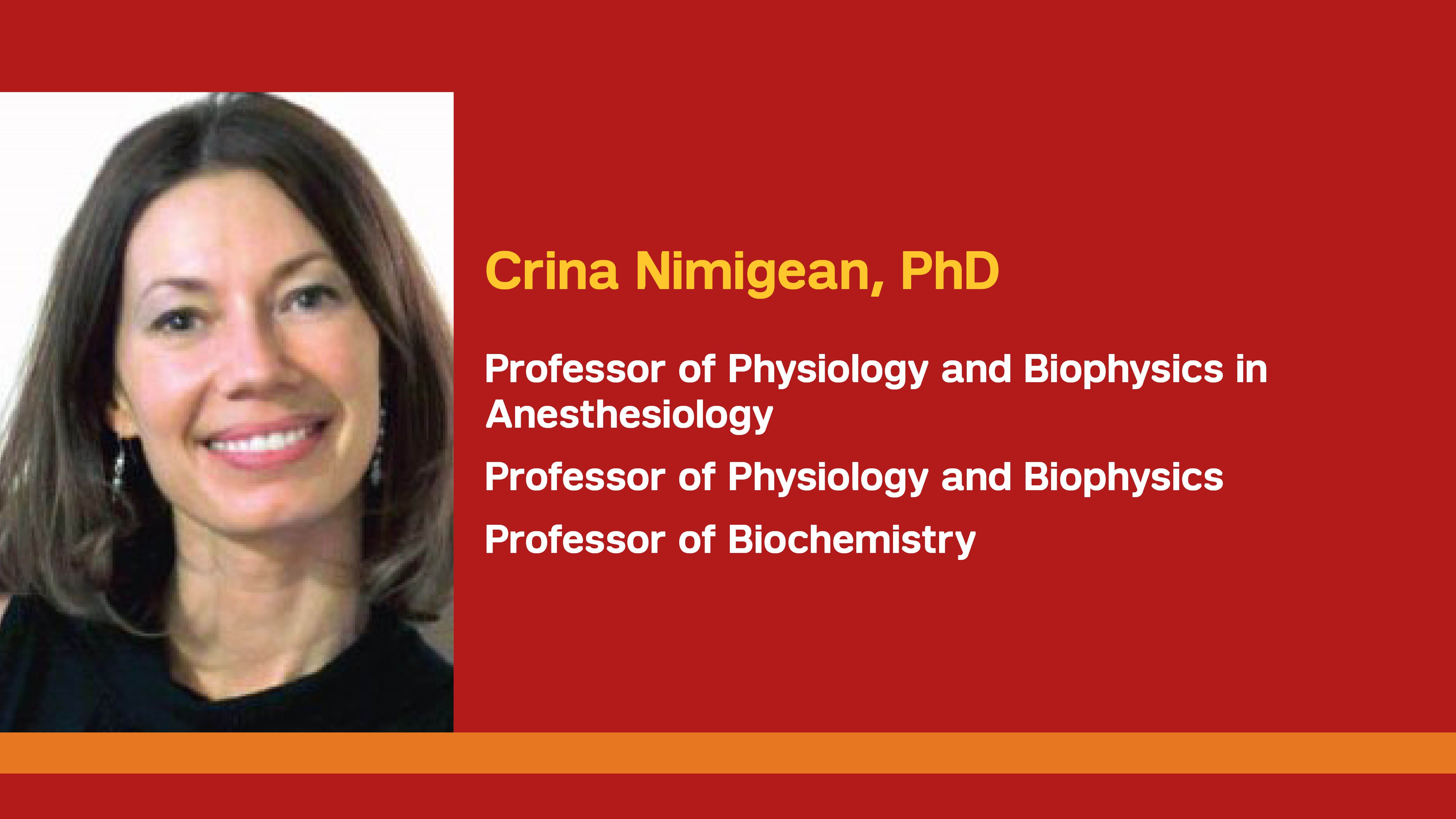
The Nimigean Laboratory is part of the CV Starr Laboratory for Molecular Pharmacology. Research in the lab is geared toward understanding how ion channel protein structure and mechanism interrelate at the molecular level to allow channels to elaborate various biological properties. We use a combination of molecular, biochemical and electrophysiological approaches to evaluate in a complete fashion fundamental channel properties within the context of emerging structural data.
LAB WEBSITE
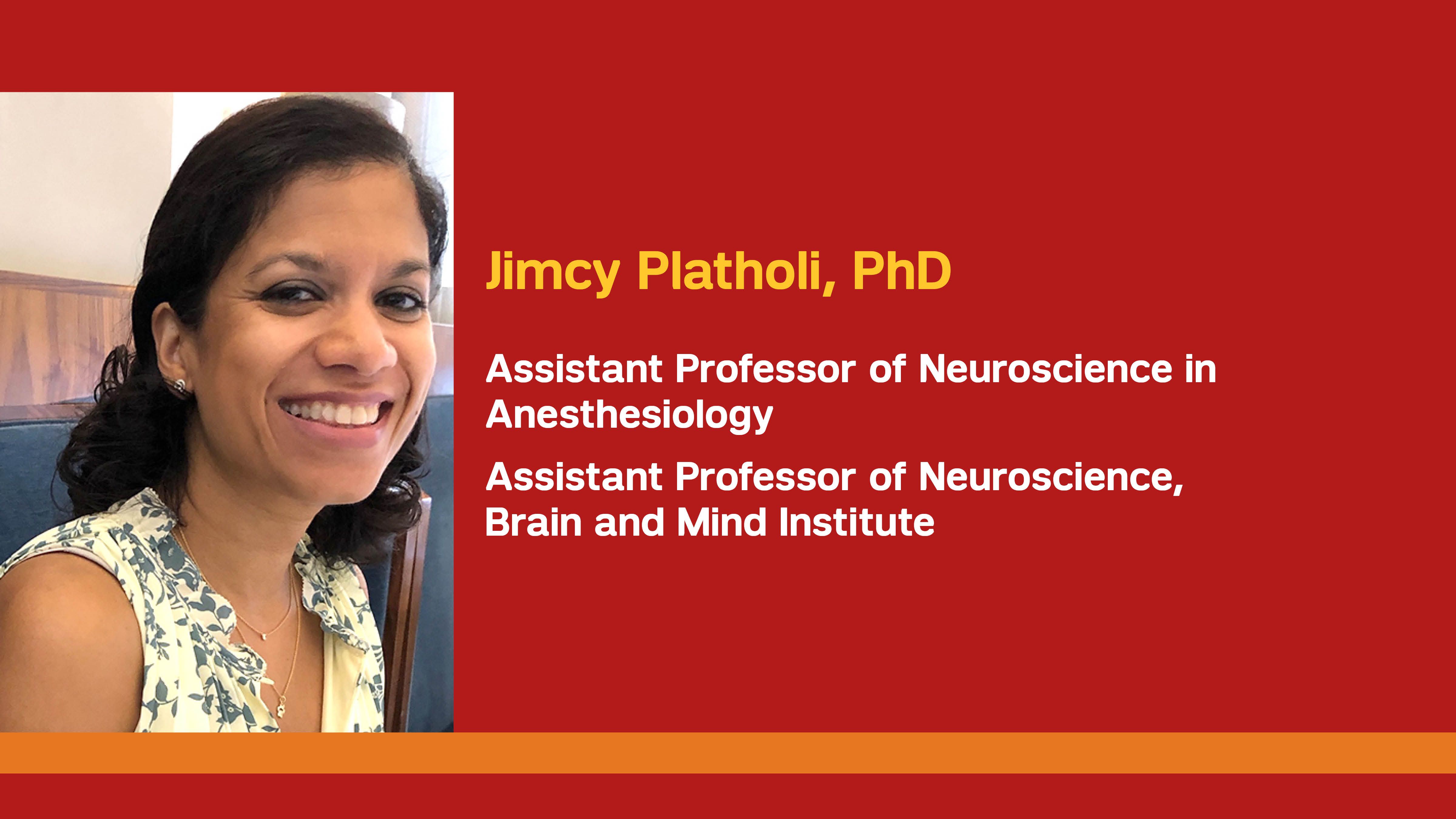
The Platholi Laboratory investigates molecular anesthesiology. The lab investigates how anesthetic modulation of activity-dependent signaling molecules, such as BDNF and ion channels, contribute to sustained and pathological actions on synaptic plasticity.
LAB WEBSITE
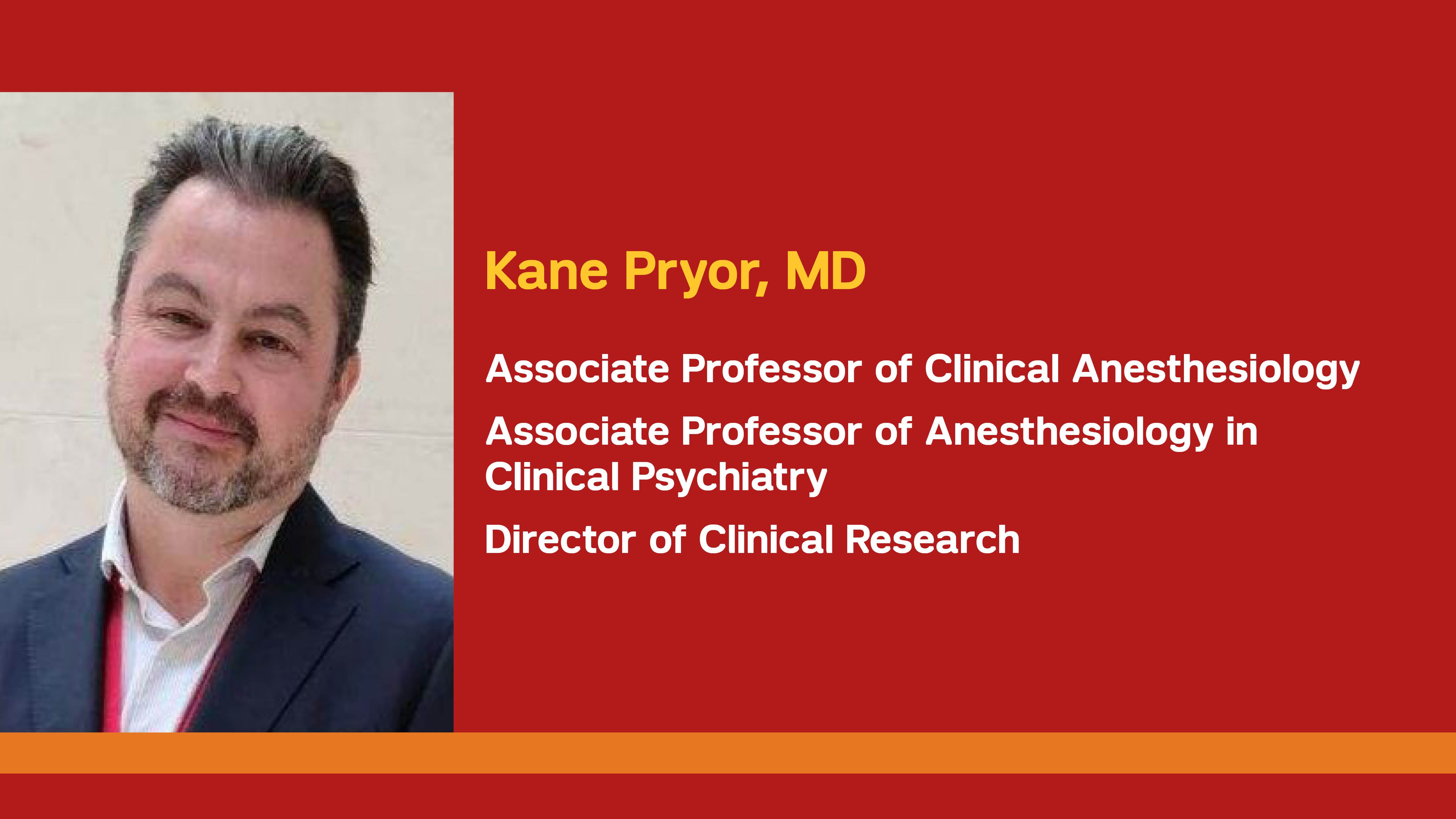
The Pryor Laboratory studies the interaction between anesthetic drugs and the memory and emotional systems of the human brain. Because anesthetics have such a remarkable effect on human memory, careful study of the mechanisms of these drugs can provide critical insight into how human memory functions work.
LAB WEBSITE
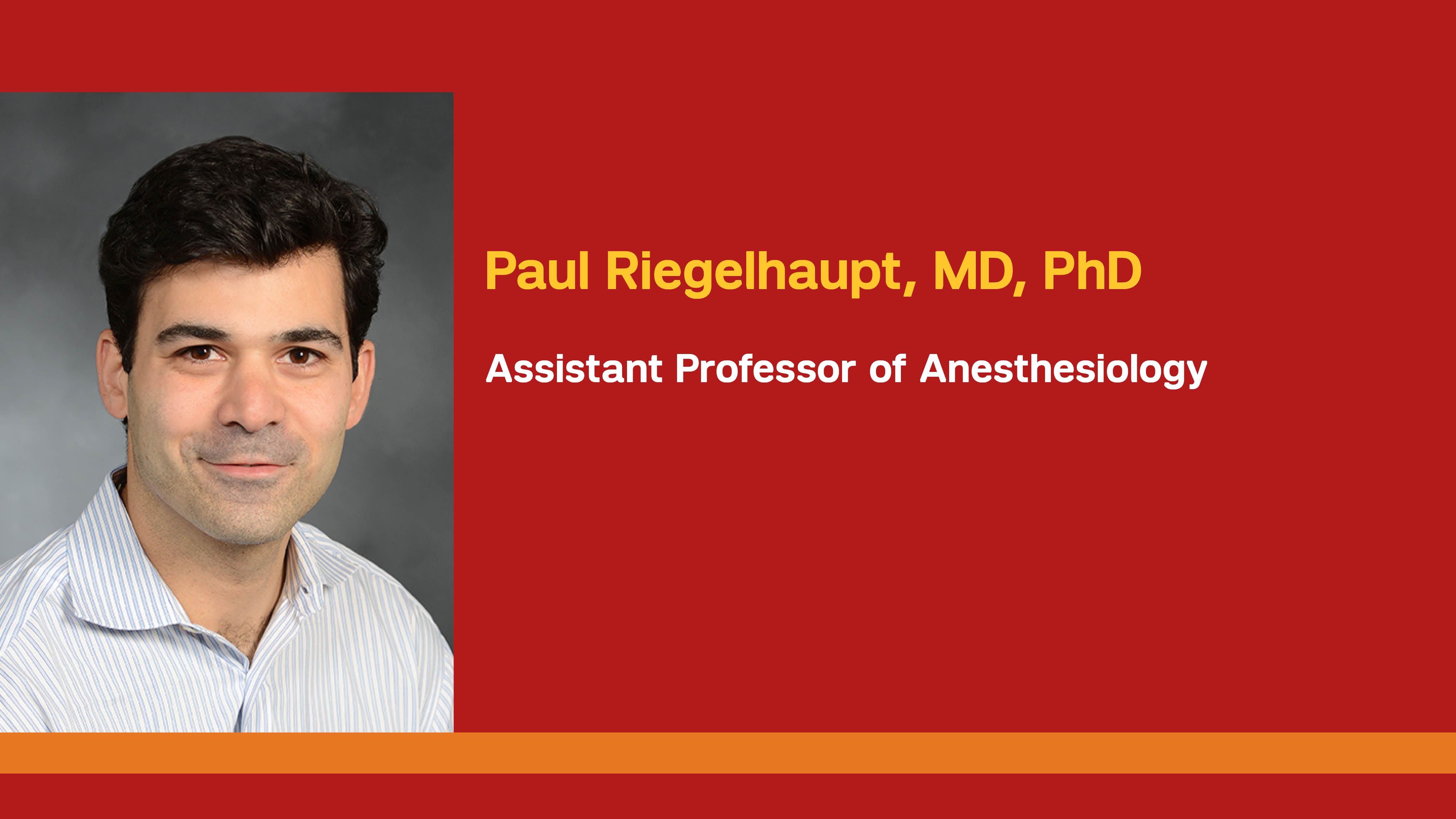
The Riegelhaupt Laboratory is focused on understanding the physiology and pharmacology of tandem pore (K2P) potassium ion channels. K2P channels establish the resting membrane potential of cells throughout the body and modulation of K2P activity shapes cellular excitability.
MORE INFO
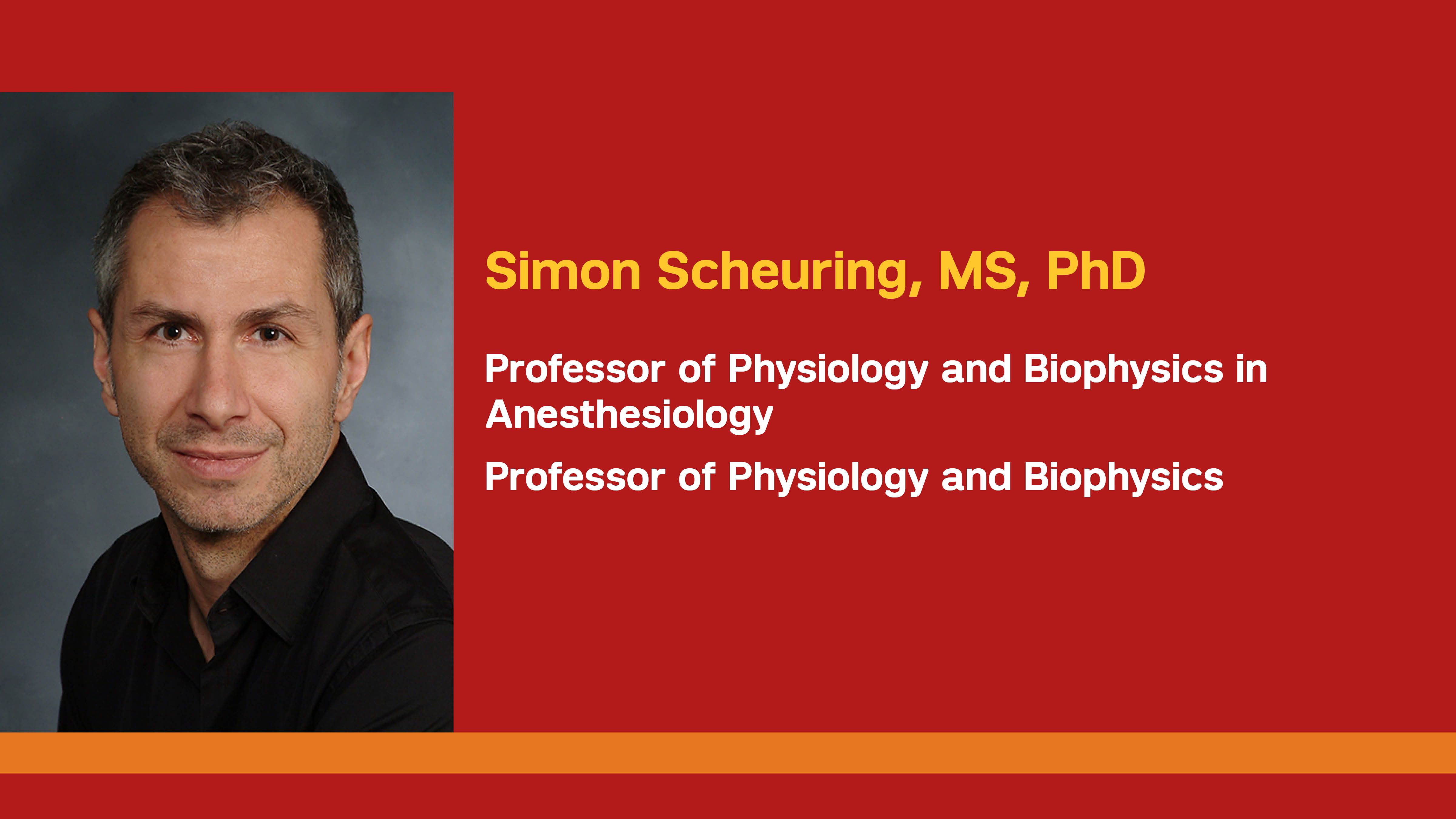
The Scheuring Laboratory specializes in Atomic Force Microscopy (AFM) based technologies for the study of various membrane phenomena, such as membrane protein structure, assembly, diffusion and conformational dynamics.


